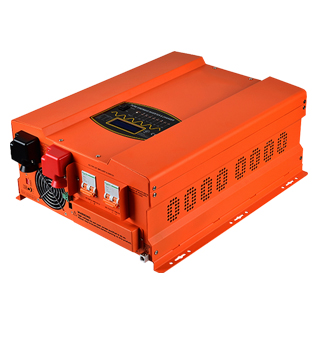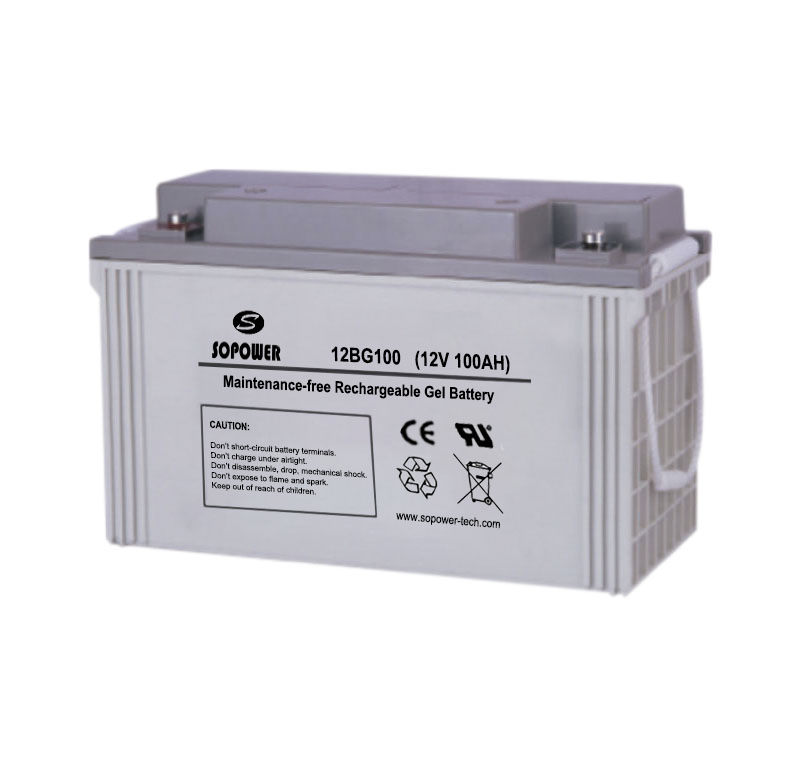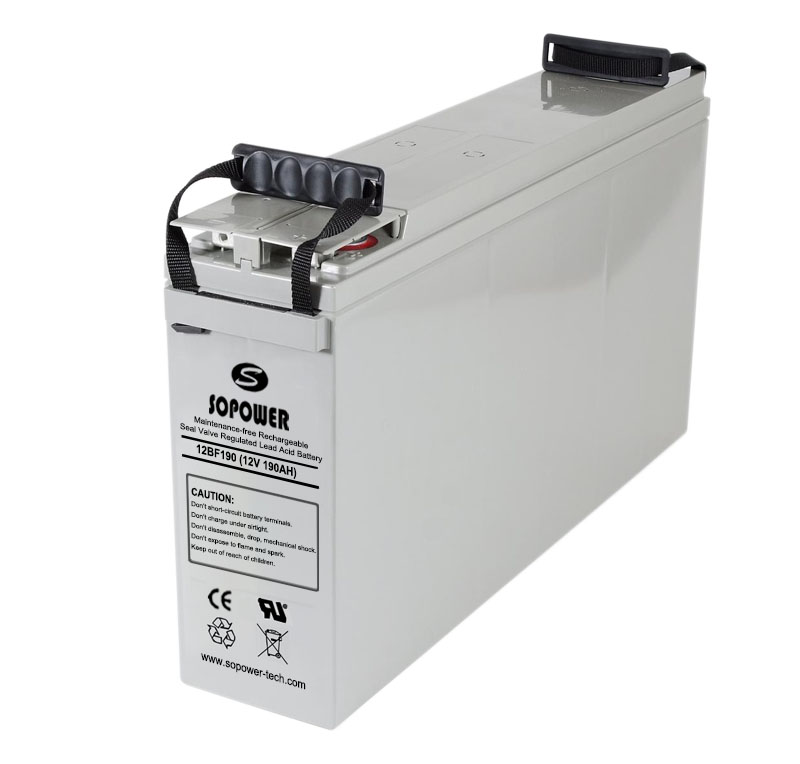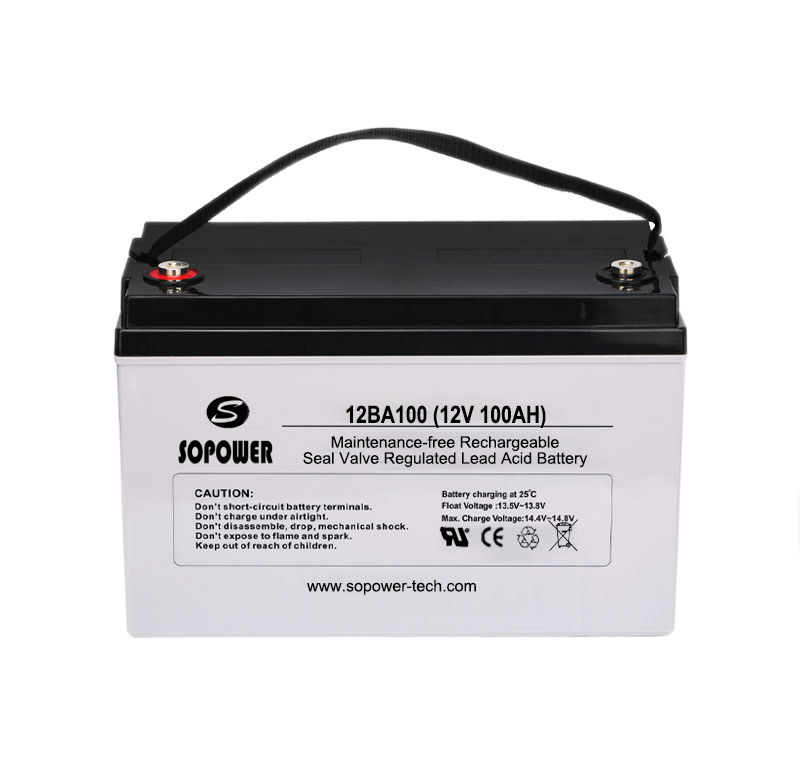Source: PV-Magazine Date: SEPTEMBER 28, 2021
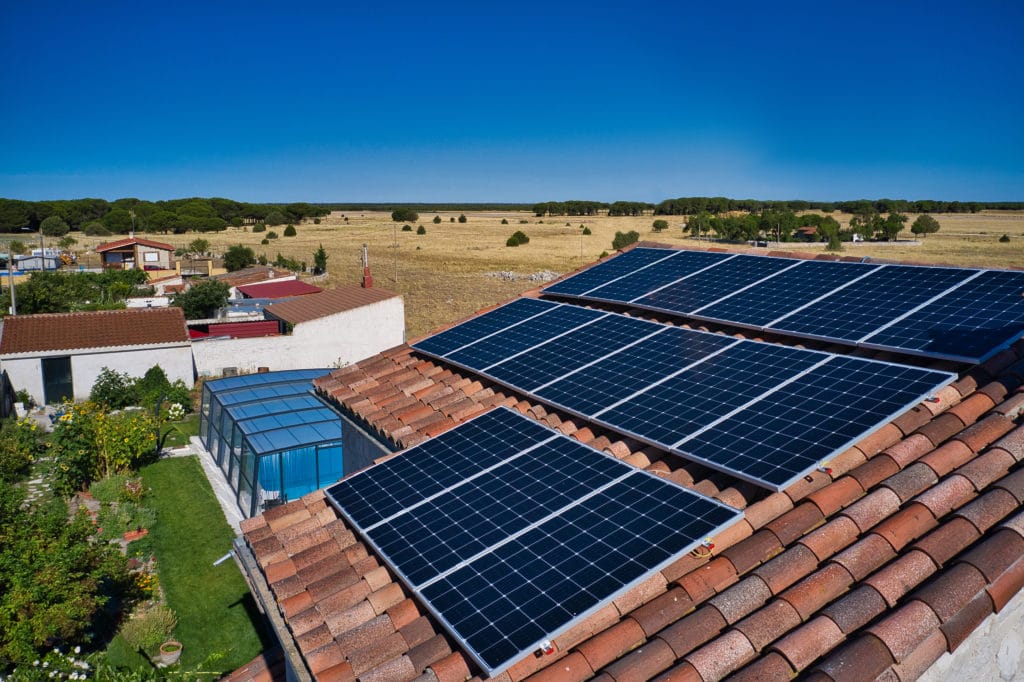
The latest World Nuclear Industry Status Report shows that the world’s operational nuclear capacity grew by just 400 MW in 2020, with generation falling by 4%. By contrast, renewables grew by 256 GW and clean energy production rose by 13%. “Nuclear power is irrelevant in today’s electricity capacity market,” the report’s main author, Mycle Schneider, told PV Magazine.
Global nuclear power capacity including grew by just 400 MW in 2020, according to the latest annual edition of the World Nuclear Industry Status Report, published by French nuclear consultant Mycle Schneider. The lackluster results for nuclear compare to 256 GW of newly deployed renewable energy capacity last year, including 127 GW of PV and 111 of wind power.
“Nuclear power is irrelevant in today's electricity capacity market,” the report's main author, French nuclear consultant Mycle Schneider, told pv magazine, noting that power generation from nuclear power dropped by 4%, while non-hydro renewables increased by 13%.
According to the report, the levelized cost of energy (LCOE) of solar PV dropped by approximately 90% over the past few years, while the LCOE of nuclear energy climbed by around 33%.
“We simply don’t have the time to waste attention, intelligence, manpower and funding for fantasy technologies that might or might not work, more likely, some time in the 2030s or 2040s, while affordable concepts from efficiency to renewables are readily available,” Schneider said, referring to the fourth-generation of nuclear power plants that several governments across the planet are presenting as a viable option. “Gen IV designs are PowerPoint reactors – they don’t exist. And the best example is Bill Gates, who started a company in 2006 to develop and promote a new design. Fifteen years later, he has nothing to show – no licensed design anywhere, no site, no prototype.”
Schneider claimed that the recent small modular reactor realizations in Russia and China are perfect demonstrations of the failure of the designs, as the floating reactors in Russia took 13 years to build – almost four times longer than anticipated. The small modular reactors in China also took a decade or more to be built.
“None of these designs are licensed in any Western country,” Schneider explained. “The only design licensed in a single Western country, NuScale in the U.S., is years behind schedule. Construction has not even started and a first unit is not expected to start operating before the end of the decade.”
Stagnating landscape
The report, which analyzes new-build programs in 33 nuclear countries and other potential newcomer countries, notes that 415 nuclear reactors were operating at the end of June throughout the world. That's two less than by the end of June 2020, three less than in 2019, and 23 less than the 2002 peak of 438 GW. The operating plants have a combined capacity of 369 GW, which is 1.9% more than a year earlier. The authors of the report also noted that 278 reactors have been in operation for more than 31 years and that six of them have been operating for more than 50 years.
At the end of June, there were 53 new reactors under construction, totaling 54 GW and up 500 MW from the end of June 2020.
“All reactors under construction in at least 12 of the 17 countries have experienced, mostly year-long, delays,” the report said. “At least 31 of the building projects are delayed.”
The report shows that only five of the 13 reactors that had to come online last year were actually completed. Two of the projects under construction were started 36 years ago.
Last year, construction began on five reactors – four in China and one in Turkey. In the first half of 2021, construction began on six units, of which three are located in China.
“Over the decade 2011-20, construction began on 57 reactors in the world, of which three have been abandoned. As of mid-2021, only 15 have started up, while 39 remain under construction,” the report said. “Between 1970 and mid-2021, a total of 93 or one in eight of a total of 783 constructions were abandoned or suspended in 19 countries at various stages of advancement.”
A total of 63 reactors were energized over the past decade. The average time between the start of construction and grid connection was 10 years.
Cost considerations
The report also shows that total investment in the construction of the 2020 projects was around $18.3 billion, but for only 5 GW of capacity. A total of $303.5 billion was invested globally in non-hydro renewables over the same time period, including 132 GW of PV and 73 GW of wind, it said.
The LCOE of PV in the United States dropped from $64/MWh in 2015 to $37 in 2020. By contrast, the LCOE of nuclear power rose from $117 to $163 per MWh, said the researchers.
“Over the past five years alone, the LCOE of nuclear electricity has risen by 39%, while renewables have now become the cheapest of any type of power generation,” the report said. “Globally the cost of renewables is now significantly below that of either nuclear power or gas.”
The authors of the report noted that the International Energy Agency (IEA) provides lower figures for nuclear power costs in 2020. However, it recognizes that there won't be any improvements coming for nuclear, but major ongoing cost declines for offshore wind and solar.
“By 2050, solar PV costs are projected to be one fifth of those from nuclear power, across the EU, China, India, and US,” the report said. “In such circumstances, the building of any nuclear power plant would have to be driven by powerful non-market motivations.”
The report also provides insights on individual countries, including an update on the after-effects of the Fukushima and Chernobyl disasters, and the connection between nuclear energy and criminal activities. It also offers an overview of all decommissioning plans across the globe and potential newcomer countries.



